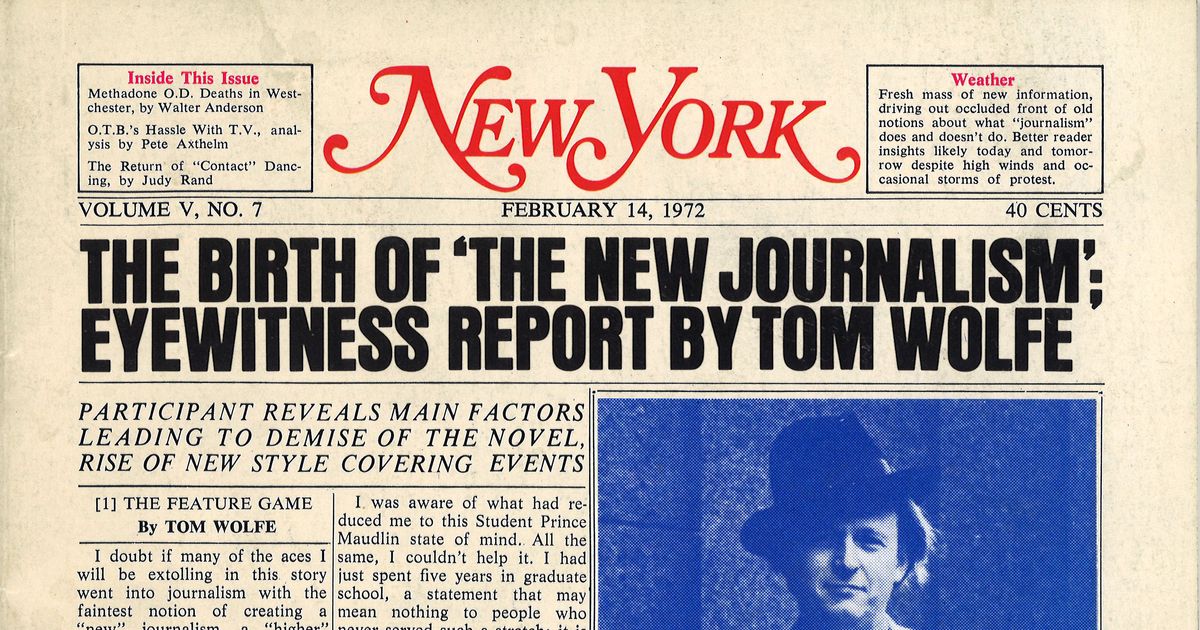The 9-Minute Rule for News Articles
The 9-Minute Rule for News Articles
Blog Article
10 Simple Techniques For News Articles
Table of ContentsThe Of News ArticlesWhat Does News Articles Mean?News Articles Can Be Fun For EveryoneSome Known Facts About News Articles.How News Articles can Save You Time, Stress, and Money.
Great expertise of various topics gives pupils an affordable side over their peers. Even though digital and social media sites are readily accessible, we must not neglect how crucial it is to check out the newspapers. Parents must try and inculcate the routine of reading a paper as an everyday regimen to proceed the legacy of the revered print medium.Newspaper article also consist of at the very least among the complying with essential attributes family member to the designated audience: proximity, prestige, timeliness, human interest, strangeness, or effect. The related term journalese is in some cases utilized, generally pejoratively, to refer to news-style writing. Another is headlinese. Papers generally follow an expository writing style.
Within these limitations, information stories likewise intend to be extensive. Nonetheless, other aspects are entailed, some stylistic and some acquired from the media type. Amongst the bigger and extra recognized newspapers, fairness and balance is a major factor in presenting info. Commentary is generally confined to a separate area, though each paper may have a various overall angle.
Papers with a worldwide target market, for example, have a tendency to utilize an extra formal design of composing. News Articles.; usual style overviews include the and the United States News Design Book.
The Best Guide To News Articles
Generally, journalists will certainly not make use of a long word when a brief one will do. They make use of subject-verb-object construction and vivid, active prose (see Grammar). They provide narratives, instances and metaphors, and they rarely rely on generalizations or abstract concepts. Information writers try to stay clear of using the same word greater than once in a paragraph (occasionally called an "echo" or "word mirror").
Nonetheless, headings occasionally omit the subject (e.g., "Jumps From Watercraft, Catches in Wheel") or verb (e.g., "Feline lady lucky"). A subhead (also subhed, sub-headline, subheading, subtitle, deck or dek) can be either a secondary title under the major heading, or the heading of a subsection of the write-up. It is a heading that comes before the major text, or a group of paragraphs of the primary text.

Added billboards of any of these types may show up later on in the article (especially on subsequent pages) to lure additional reading. Such signboards are also made use of as tips to the short article in other areas of the publication or site, or as ads for the item in various other magazine or websites. Regular structure with title, lead paragraph (summary in strong), other paragraphs (details) and call info.

Example of a hard-lead paragraph NASA is recommending one more area project. The spending plan requests around $10 billion for the project.
The NASA announcement came as the agency requested $10 billion of appropriations for the project. An "off-lead" is the second crucial front web page information of the day. The off-lead shows up either in the leading left corner, or straight listed below the lead on the right. To "bury the lead" is to start the article with history information or information of secondary significance to the readers, compeling them to learn more deeply into a post than they must have to in order to find the essential points.
The Only Guide to News Articles
Common use is that a person or 2 sentences each form their own paragraph. Journalists typically define the company or framework of a newspaper article as an upside down pyramid. The important and most fascinating aspects of a tale are placed at the start, with sustaining details following in order of decreasing value.
It permits individuals to discover a subject to just the depth that their curiosity takes them, and without the look at this web-site imposition of details or nuances read the full info here that they can consider unimportant, but still making that information available to much more interested visitors. The upside down pyramid structure also enables short articles to be cut to any type of arbitrary length during layout, to fit in the space readily available.
Some authors begin their tales with the "1-2-3 lead", yet there are several sort of lead offered. This style invariably begins with a "Five Ws" opening paragraph (as defined over), complied with by an indirect quote that serves to support a major component of the initial paragraph, and after that a direct quote to support the indirect quote. [] A twist can describe multiple points: The last story in the news program; a "happy" tale to finish the program.
Longer articles, such as magazine cover write-ups and the items that lead the inside areas of a newspaper, are called. Function stories vary from straight news in numerous means. Foremost is the absence of a straight-news lead, the majority of the time. Instead of providing the essence of a tale up front, attribute authors may try to draw readers in.
The Main Principles Of News Articles
A function's initial paragraphs typically connect an appealing moment or event, as in an "unscientific lead". From the details of an individual or episode, its sight rapidly expands to generalities concerning the tale's subject.

The Editor's Tool kit: A Referral Guide for Beginners and Professionals (2001) Allan M. Siegal and William G. Connolly. The New York City Times Handbook of Style and Usage: The Authorities Style Guide Used by the Writers and Editors of the Globe's The majority of Reliable Paper (2002) M. L. Stein, Susan Paterno, dig this and R.
Report this page